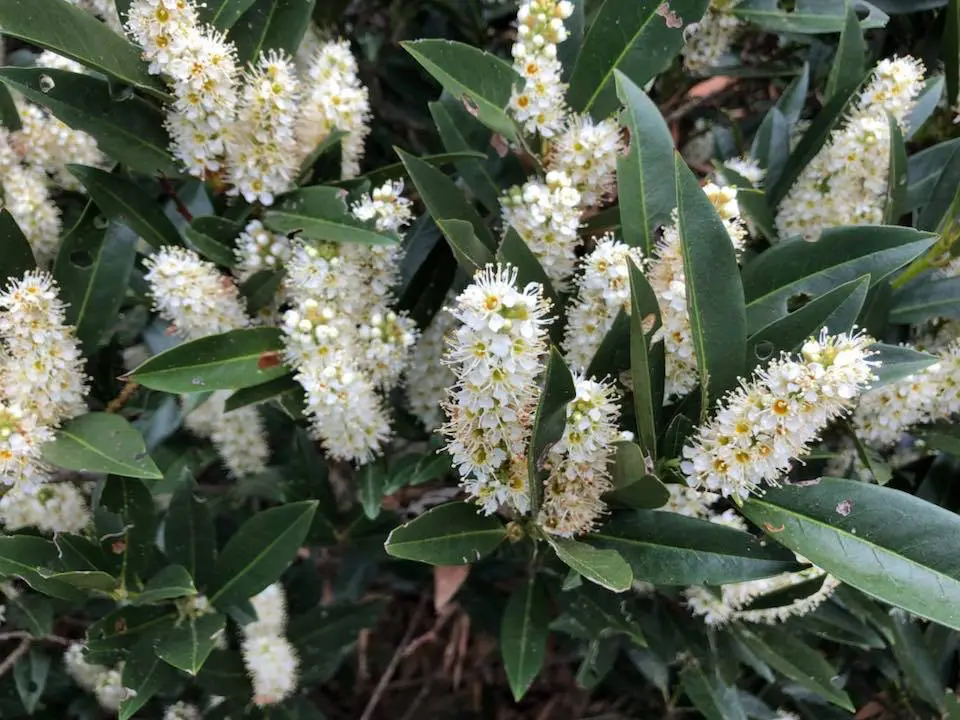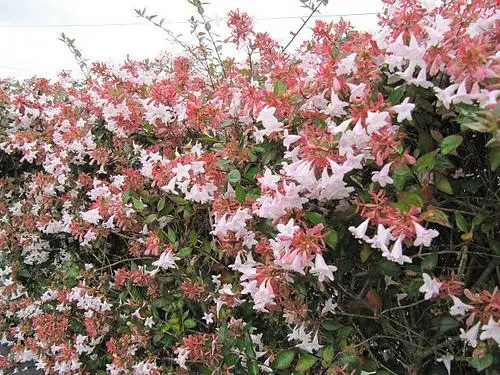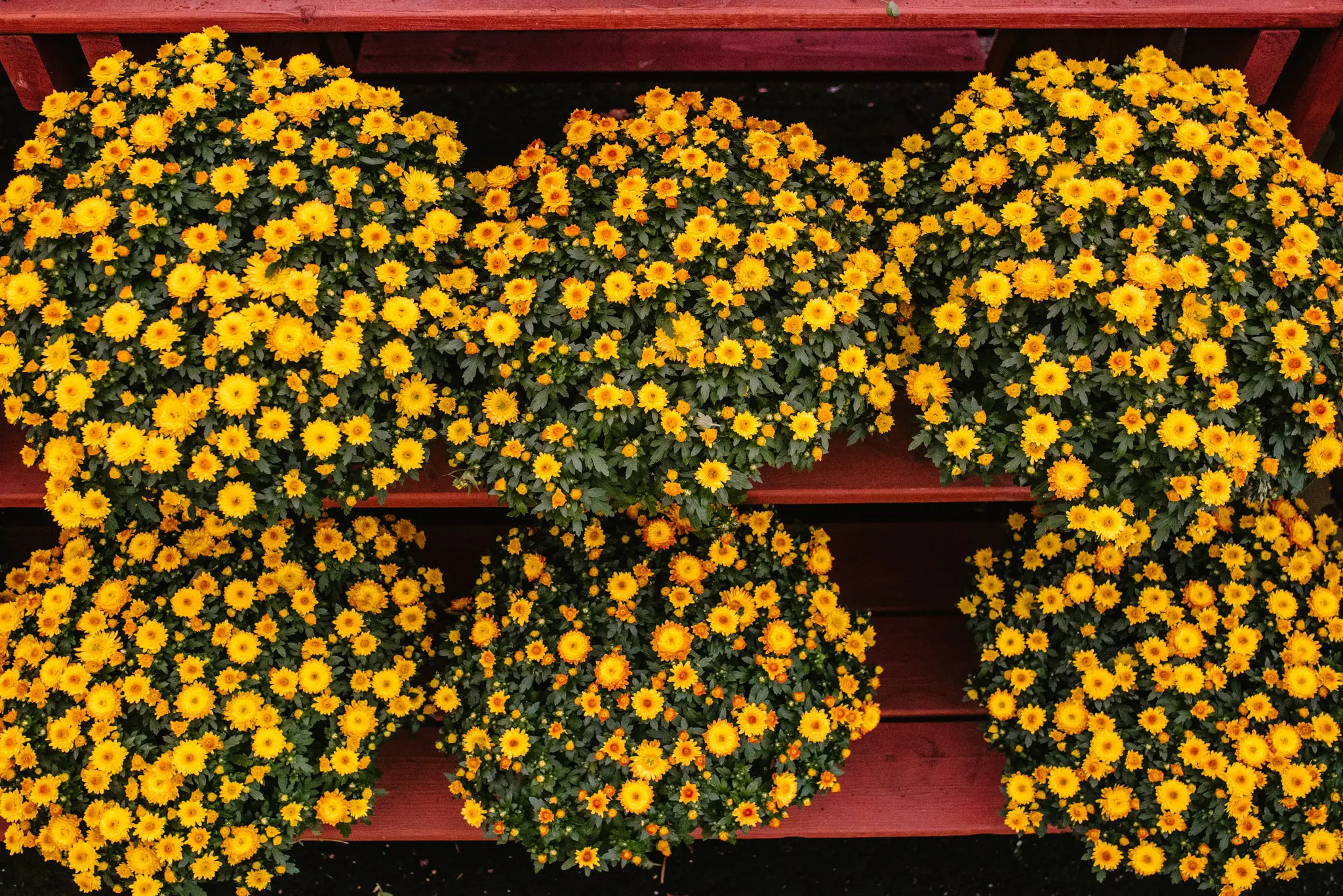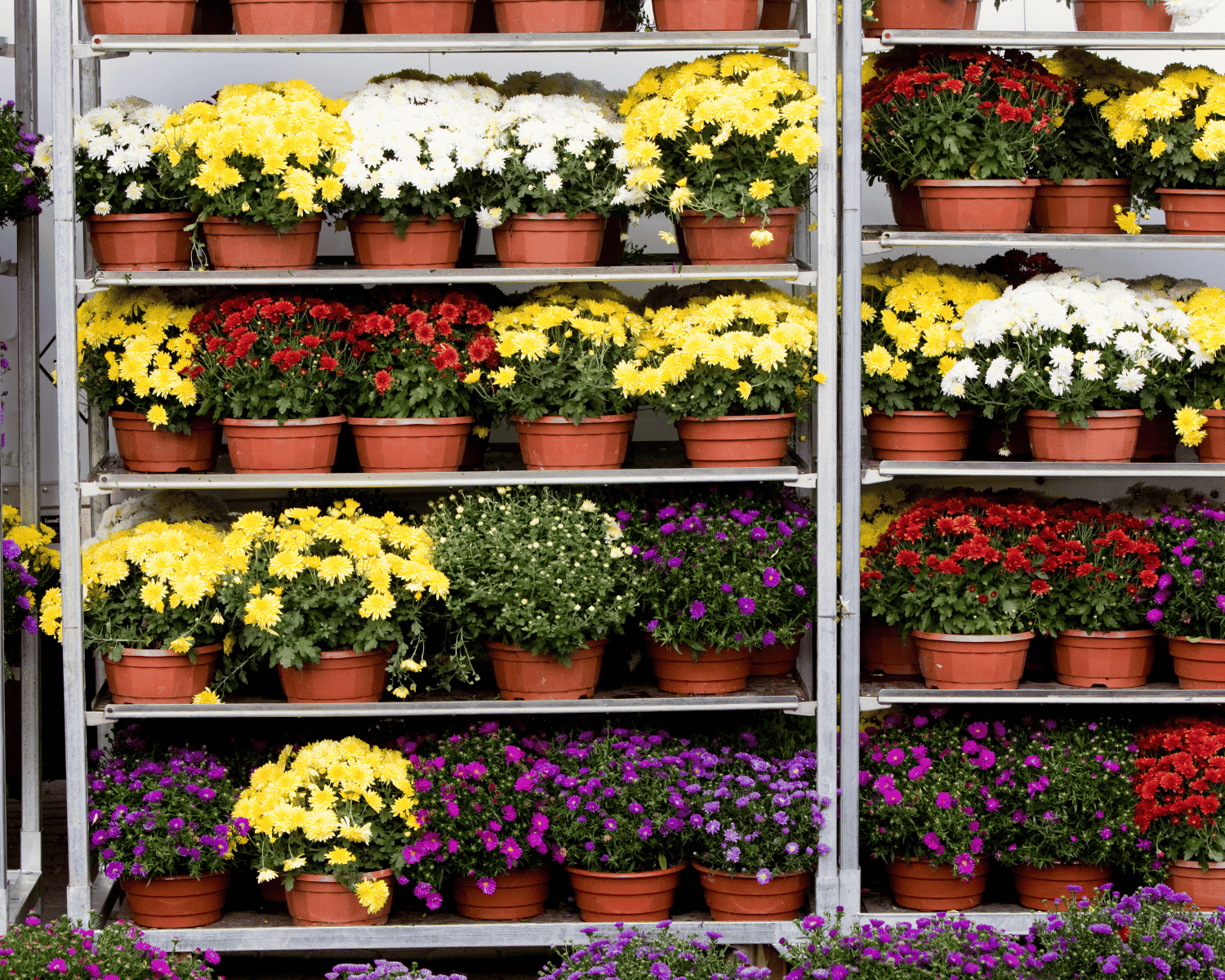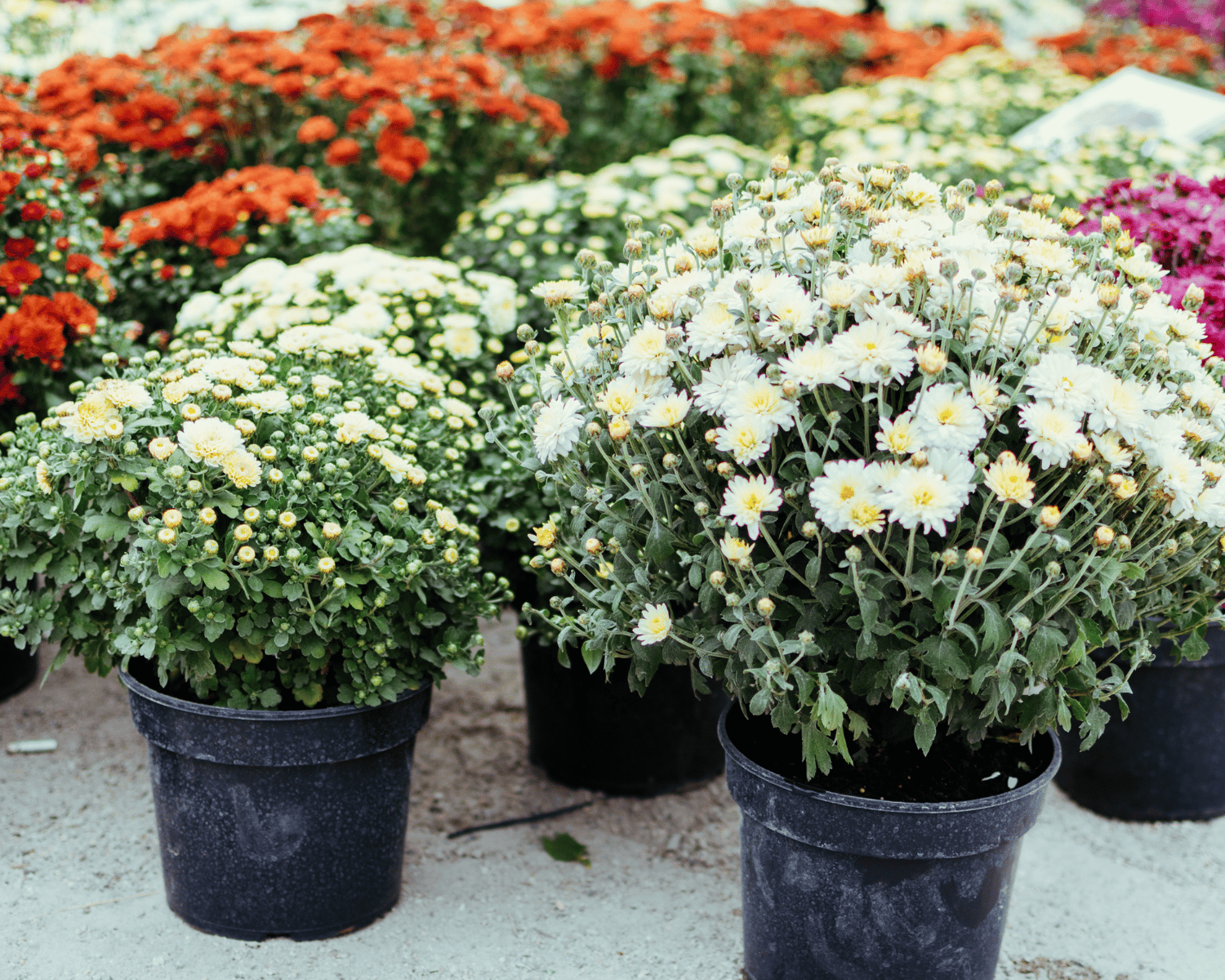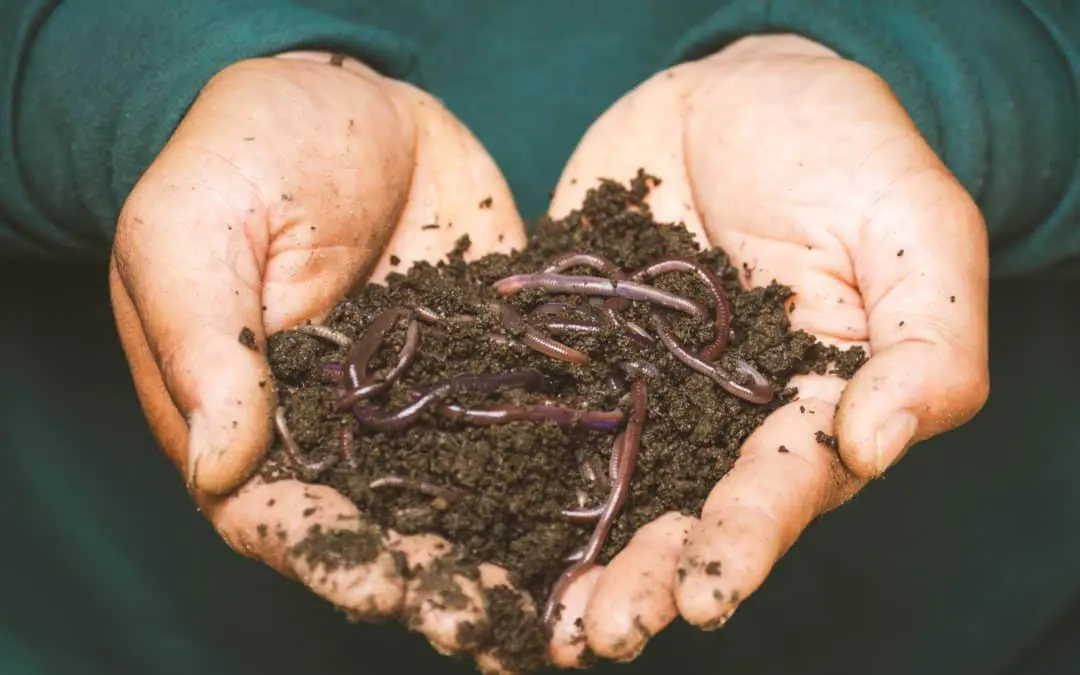
by Gardens of Babylon | Mar 26, 2024
Spring is officially here (or at least it is if you’re reading this as it’s published), and you’re likely itching to get in the dirt and make your outdoor spaces greener.
But, you likely also run into the same problems that most of us do. What do I actually plant? And, how do I know if it can be planted this time of year?
The Nashville area is in the 7b zone of the USDA’s plant hardiness zone map. Hardiness zones are based on an area’s average lowest extreme temperature. So, in the case of the Nashville area, that would be 5-10 degrees Fahrenheit. Be sure to check the labels on plants, as they normally indicate the zone for which they are best adapted.
Now that you know more about hardiness levels, it’s time to look for some inspiration! Here are 10 shrubs and trees that will add interest to your yard in any season:
Hydrangea


This shrub is a favorite, especially in the south, because of the beautiful, large blooms it produces. There are several varieties of hydrangeas, but the oak leaf hydrangea is native to Tennessee. It has cone-shaped blooms, as well as large leaves shaped similarly to those of an oak tree (hence the name). Hydrangeas can be prone to root rot, so make sure you’re checking soil moisture levels before watering.
Looking for more information on the beloved hydrangea? Check out our post for the full guide to caring for these southern beauties!
Boxwood

When you think of bushes in landscaping, the boxwood is probably what first comes to mind. While this classic shrub isn’t native to North America, it’s a classic in landscaping worldwide. That’s thanks to the boxwood’s many varieties being easy to grow, adaptable to different conditions, and its overall hardiness.
Holly


Holly comes in both shrub and tree forms with their glossy green leaves. They also have blooms that pollinators love, and then there’s the classic holly berry that’s reminiscent of Christmas time. They also come in both evergreen and deciduous varieties. So, if you’re looking for something to keep your outdoor spaces green year round, make sure you’re planting an evergreen variety. (Inkberry holly can be a great native alternative to boxwoods.)
American Beautyberry

As the name suggests, this shrub is native to America, and is also native to Tennessee. It does produce small flowers in the spring, but the crown jewel of this shrub is the bright purple berry clusters it yields in the fall. If you’re looking to welcome more wildlife, like birds and deer, the fruits of this shrub should do the trick. The American beautyberry tends to grow wide, so it can also be a great option if you’re looking to fill more space with fewer plants.
Crape Myrtle

Crape myrtles come in shrub and tree varieties, but you’re likely most familiar with the trees. These are popular plants in the southeast, and you’ve likely seen them in neighboring yards or even along well-kempt highways and interstates. While the varieties that grow best in this area aren’t evergreen, crape myrtles do provide interest to outdoor spaces year round. They produce leaves in the spring, and they have beautiful exfoliating bark – much like a birch tree – that is exposed in the late fall and winter months. They flower in the summer with blooms that can be white, pink, red or even deep purple.
Rhododendron

If you’ve been to the Great Smoky Mountains, then you’ll probably recognize this plant. It comes in shrub and tree varieties, most of which are evergreen. They do best away from direct afternoon sun and thrive in partly shaded areas. These shrubs and trees have green leaves and normally flower in the spring or early summer. (Even if you’re unfamiliar with rhododendron in general, you’re likely familiar with another popular shrub in the same genus – azaleas!)
Eastern Redbud

This one is a personal favorite of mine, especially since it’s one of the first signs of spring. While the eastern redbud is a tree, it is a smaller one that can pass for a large shrub depending on how you shape it. This plant is known and loved for its deep pink, springtime flowers, as well as its irregular and wide branch patterns. This eastern North American native provides nectar to insects in the spring, and is often used by birds for nesting and shelter once leaves take over the branches. It’s a wonderful option to fill wide spaces and provide a bright pop of color in the spring.
Cherry Laurel

photo from North Carolina State Extension
This shrub is one of the fastest growing, and it’s also likely another shrub you’ve seen around. This evergreen bush produces fragrant, white flowers in the spring and has large leaves year round. The cherry laurel also yields fruit that resembles a cherry. It is important to note that ingesting any part of this plant is poisonous to both humans and animals. If you have small children or curious pets, this shrub is likely not a good choice for your landscaping.
Juniper

Whether or not you know it, you probably see junipers anytime you leave your house. These evergreen shrubs and trees grow in most of the United States. The juniper tends to be low maintenance and provides color and privacy to your yard all year long. They fit well in tight spaces, help prevent soil erosion, and even provide for wildlife with their small berries.
Abelia

photo from North Carolina State Extension
If you’re searching for another flowering shrub, abelia might be the right choice for you. Part of the honeysuckle family, this shrub produces small but plentiful blooms with a sweet smell. While not native to North America, these flowering shrubs are still a favorite among southern gardeners. The abelia is often dense and can sometimes be used as hedging or screening, unlike many flowering shrubs. They also tend to need a little more care when it comes to watering and pruning to ensure optimal growth and flowering.
Now that you’ve made it to the bottom of this list, you have plenty of options for shrubs (and some trees) to enhance your outdoor spaces this year. Happy planting!
Need more inspiration, or even some design help? We’re all about making outdoor spaces usable, beautiful and enjoyable. Come see us at the garden center to get your questions answered, or schedule an appointment with one of our designers!

by Gloria Ballard | Oct 9, 2023
You know it’s really fall when you see swaths of brightly colored flowers drifting across a garden center’s tables and shelves. Here’s where you can pick up a pot – or two, or three or more – of mums to take your landscape through the season. But what to do with them once you get them home?
You have options: you can plant them in the ground as temporary accent plants; use them in container gardens with other fall-theme plants and flowers; you can display big, solo mounds of mums in containers.
Most gardeners tend to treat mums as annuals, and toss them on the compost once their time seems to be up. But you can also plant these hardy mums in your landscape where they will return year after year to brighten your garden beds in the fall.

Accent with Mums
Potted chrysanthemums that you purchase in fall do well outdoors when they get enough sunlight and water, and the flowers last until they succumb to a hard frost. You may want to transplant them from their nursery pots into something more decorative with potting mix, but it’s easy enough to set the plastic pot of blooming mums into a decorative container and call it done.
Smaller pots of mums can become great accent plants in a fall-theme container garden, paired with other fall annual and perennial favorites such as ornamental kale and cabbage, heuchera, juniper, sedges, pansies and other plants that don’t wilt in cold weather.
If you plant your just-bought blooming mums in the ground, be sure to cover the soil with plenty of mulch. While the first big frost will turn the flowers brown, the foliage will likely stay green for a while longer, and the mulch will help protect the roots, making it more likely that the plants will sprout from the ground again in the spring, if that’s your goal.

From the Ground Up
Yes, if it’s a mild enough winter and they’re in a suitable location – full sun and well-drained soil — those mums in the ground likely will come back in the spring, and this is when the care and training begin.
In my own garden beds here in Middle Tennessee, tender new foliage begins to appear as early as March, or earlier if the winter has been mild. As spring approaches, cut back the dead stems, and apply a balanced fertilizer.
Mums’ foliage begins to grow steadily when the weather warms up, so for the best display in the fall, take time to pinch back the growing tips two or three times during the spring and summer, even if you notice buds beginning to form. This allows the plants to grow fuller and bushier, and delays blooming until fall, when you really need those flowers to open. Stop pinching them back about mid-July to allow buds to begin to form. Feed mums once again in early August. They will bloom in late summer and throughout the fall. After freeze has turned everything brown, allow the dried stems to remain; this increases the plants’ chances of survival in the ground. A light layer of straw or loose mulch provides additional protection.
A clump of mums tends to get woody as the plants get older so they should be divided every two years, preferably in spring. Dig them up, split the root clumps apart, then replant in your garden beds (and share the leftovers with gardening friends). This assures that your patch of mums remains full and attractive year after year.

Bring Mums inside
Although I find the scent of chrysanthemums to be a little too strong for indoor enjoyment, it is possible to enjoy those blooms inside. Give them a place with bright, indirect light. Check the soil frequently, and water the mums when the top inch of the soil is dry. Cut off the flowers as they begin to droop to encourage the mums to continue to bloom as long as possible.
Visit the Gardens of Babylon Garden Center for a variety of fall-hardy plants and decorative containers for your home and garden.

by Gloria Ballard | Aug 9, 2023
——————————————————————————–
It’s that time of year when, after summer’s unrelenting heat and humidity, we gardeners enjoy getting out and getting our hands in the soil again. Gardeners, it’s time to prep your landscape and garden beds for fall. Did you know we offer a Personal Farmer service at Gardens of Babylon? You can book a consultation here and we can help you create the garden of your dreams. But if you want to do it yourself, where do you begin?

Harvest
If you grow veggies in a kitchen garden, you’ve likely been harvesting tomatoes, squash, beans, okra, cukes and other summer favorites all along. You’ll keep doing that, of course, but it’s also a good time to pull or dig up any dead or dying plants, trim dead foliage, clean up leftover debris, and add another layer of mulch to any vegetable plants that are still going strong.
Beds of annuals and perennials also benefit from a cleanup heading into fall. Remove dead or dying foliage, sticks, twigs or other debris. Deadhead perennials and annuals as needed, and gather a bouquet of summer blooms to enjoy indoors while you’re at it.
And of course there’s the never-ending task of removing unwanted plants (aka weeds). If the summer heat drained any energy you had for pulling weeds, now’s the time to catch up on that necessary garden chore.

Bed prep
Garden beds that have provided fresh produce for you all spring and summer – whether they’re in the ground or raised beds — can use a little attention about now. Boosting the soil with compost, organic fertilizer, mulch or other amendments will send them into the next season in better shape. Top off raised beds with special soil mix or a topsoil blend, and work it into the existing soil.
Kitchen garden beds that will not be used outside of the growing season benefit from a cover crop – a fast-growing annual planted in late summer or fall and plowed under before planting time in spring. This “green manure” protects from soil erosion over the winter, provides organic matter to improve soil structure, and nutrients to boost growing conditions, suppresses weeds and provides habitat for beneficial insects and pollinators – a win all around.
Plants to consider for cover crops in established kitchen garden beds include alfalfa, crimson clover, hairy vetch, buckwheat and annual rye, along with mustard greens and daikon radish, two edible crops that benefit the soil, as well.
If you’re thinking of starting a new garden bed to plant next spring, now is the best time to act. You can start by laying cardboard and mulch over the soil in the new bed to suppress weeds that may grow; by next spring, the area should be ready for digging and planting.

Plant a Fall Garden
As the summer kitchen-garden crops begin to fade, make the transition to edibles that grow in cooler weather. Some suggestions:
Broccoli: When you buy transplants, make sure they are short and compact and have good, green color. Plant them in full sun about 18 inches apart. Water as needed to keep the plants from wilting, and apply a complete fertilizer when they are about 10 inches tall.
Collards: Sow seeds or set seedlings in full sun and well-drained soil, 12 to 18 inches apart. Provide about an inch of water a week and harvest by cutting the outer leaves as they reach full size.
Cabbages: Set out transplants in full sun and well-drained soil, spaced about 18 inches apart. Fertilize the plants when they’re about half grown, and harvest when the heads reach full size.
Leaf lettuce: Begin now to sow seeds in successive plantings every two or three weeks. Sow in rows 12 inches apart, and thin to 4 – 6 inches apart when seedlings appear. You can also sprinkle seeds over soil in large pots and planters. Harvest when the leaves are large enough to use.
Spinach: Sow seeds in full sun in rows 12 inches apart, and thin seedlings to one plant every 6 inches. Provide regular water, and harvest when the leaves are large enough to use.
Turnips (for greens or roots): Sow seed in full sun and well-drained soil ½ inch deep, 8 – 10 seeds per foot. When the seedlings are 4 inches tall, thin them to about three inches apart. You should have greens to harvest in about five weeks; if you grow turnips for the roots, harvest them when they are about 2 – 3 inches in diameter.
Garlic: Plant individual cloves (pointed ends up) two inches deep and about four inches apart in a sunny bed with well-drained soil. Harvest the bulbs next spring.
Visit Gardens of Babylon Garden Center for plants, seeds, tools, equipment, raised beds, soil, mulch and all you might need to prep your established or new garden beds for fall.

by Gloria Ballard | Aug 4, 2023
If you’re concerned about the environment, you want to make sure your landscape practices are not harming the planet with unnecessary chemicals, unsafe practices or excessive use of resources. Gardens of Babylon shares your concern, and can take eco-friendly care of your landscape with regular maintenance of your yard and gardens.
“It’s really a three-pronged approach: using organic materials, appropriate maintenance, and paying attention to what’s successful in the landscape,” says landscape designer Chloe Barrett, a maintenance specialist on Gardens of Babylon’s design team.
Fertilizers are sourced from organic materials (never glyphosate or other harmful chemicals); when a pesticide is called for, the choice is natural Neem oil or other non-chemical measures. Maintenance procedures include proper pruning practices, and timely trimming and care of perennial and annual garden beds.
“One of the biggest issues is site analysis,” Barrett says, explaining that designers consider the light, water and soil needs of plant placement in a design plan. If you continue to plant something that fails, you’re not just throwing away the plant, she says, you’re also wasting the resources that went into growing it and bringing it to your landscape. “Making proper recommendations for the site is critical to landscaping,” she says.
Considering the lawn
“Turf is, by nature, a bit of a sign of luxury,” Barrett says. “One of the big things I see is that clients are becoming more educated about the use of chemicals. People realize that violets and clover are appealing.”
For clients who still don’t share the appeal, Barrett admits that weed management without chemicals is a challenge. In that case, eco-maintenance includes regular aeration and overseeding to allow turfgrass to thrive, and manual control – digging and pulling weeds as they appear. It’s also important to make sure irrigation systems are in order and there are no drainage issues in the lawn that would affect the growth of turfgrass.
Gardens of Babylon’s natural turf care is a six-step program of weed control, fungal treatment, dethatching, fertilization and insect control.
“Those are the overarching issues that can be addressed for a more sustainable landscape.”
Maintenance on schedule
A typical regular maintenance plan includes two large cleanups each year, in February or March ahead of the growing season, and again in the fall to prepare the landscape for winter. Spring tasks may include pruning ornamental or fruit trees, cutting back roses, maintaining boxwoods, removing the first flush of cool-weather weeds, and a spring mulching to prevent soil moisture evaporation and germination of weed seeds in garden beds.
Throughout the growing season, regular maintenance includes a visit every couple of weeks so weeds don’t grow out of control “Many gardeners enjoy doing the work and just want us to come out and do the heavy lifting,” Barrett says. “We make sure our clients don’t miss the flowers for the weeds.”
Fall tasks would include cutting back perennials and putting beds to rest for the season, adding a secondary layer of mulch if requested.
Mosquito control is also among the available services, using organic methods. “It’s not a blanket pesticide, but it does prevent the formulation of larva over time,” Barrett says. Eco-friendly leaf services can be arranged in the fall. “We like to mulch the leaves on-site to return organic material to the soil.”
Personal Farmer
For clients who have the desire for home-grown produce but not the time or ability to grow it, Gardens of Babylon offers a full-scale vegetable- or fruit-planting service — “Everything from designing raised beds, installing plants and providing ongoing maintenance,” Barret says.
The Personal Farmer makes regular visits to feed and weed and make sure everything is healthy. Harmful insects are eliminated with a spray of food-grade insecticidal soap. “We can come on a monthly basis to keep everything in check,” she says. “Most of our personal farmer clients get a twice-a-year install and two or three maintenance visits through the season.”
Commitment to sustainability
Sustainable practices don’t stop once the landscaping crews are finished.
“We are working on a company-wide waste diversion policy of recycling and composting,” says Leah Mattix, marketing director at Gardens of Babylon. “Our garden center waste diversion from composting since 2019 is at 81,300 pounds. The landscaping roll-off dumpsters have diverted 234,000 pounds of landscape waste.
Landscaping initiatives for recycling, composting and reducing landscape waste include mowing and mulching to build organic matter on-site; mulching leaves to use in local garden projects; repurposing soil by sifting out debris and reusing it in local grading projects.
Rock and concrete pulled from jobs are recycled into aggregate for hardscape construction projects; pallets are given to vendors to be reused if they are pressure-treated; recycled or composted if they are not.
“We focus on water-wise irrigation. Our landscape designers will do sustainable designs like xeriscapes, edible landscapes, raised garden beds,” Mattix says. “We focus on local products; the stone, cedar beds, compost, and compost tea (“Develops healthy, living soil, key for healthy plants,” says Barrett) are all local.”
Even the Garden Center’s break-room supplies are either reusable or compostable. And for the convenience of customers who would rather recycle their plastic nursery pots instead of throw them in the trash, there’s a recycling bin at the Garden Center, near the loading zone.
Getting on board
Clients can begin a maintenance program at any time. “We set up a 30-minute window to talk by phone through needs and expectations, then come to your home for an on-site evaluation,” Chloe Barrett says.
To schedule a consultation for a Landscape Maintenance Program, visit the Gardens of Babylon website here.

by Gloria Ballard | Jun 19, 2023
Compost tea is the superfood that gives your landscape a boost – a rich brew that uses the science of Mother Nature to improve soil. And as spring rolls into sultry summer, it’s a good time to plan for how doses of this rejuvenating liquid can help your landscape. Gardens of Babylon’s landscape maintenance team provides a new “recipe” to keep soil alive and healthy.
“I learned about the importance of compost tea at least 20 years ago, and it just made sense to me,” says Gardens of Babylon owner Mark Kerske, who oversees the brewing of compost tea for clients’ landscapes and gardens.
“The soils in Tennessee are not only compacted due to heavy clay, but also depleted by the constant use of toxic fertilizers, Kerske says. “Plants are now dependent on the fertilizers for growth, which have wiped out all the good, beneficial microbes in the soil. Using compost tea is the best way to put the ‘good guys’ back in.”
It’s a mixture teeming with life that nourishes your landscape without the use of toxic fertilizers. The life in the soil allows plants to manage their own nutrient needs. “Without a healthy soil food web, the pesticides and herbicides kill those good guys, and the crawly creatures that are in there working,” Kerske says. “If we don’t have that food web, soil structure deteriorates, and pathogens and disease start to take over.” With synthetic fertilizers, you kill the soil, he says.
What’s brewing?
By “good guys,” Kerske refers to the micro-organisms that make up the nutrients in compost that improve soil. The tea is a liquid form of compost, but it has the extra boost from a buffet of treats — fish hydrolysates, humic acid, kelp, bacteria, fungi and other ingredients – to encourage those organisms to reproduce at higher levels.
Gardens of Babylon’s new “recipe” used for the tea application depends on what’s best for your landscape: “If you want to grow a better lawn and annual flowers, you want to use more of a bacterial type of compost tea,” Kerske explains. “A fungal type of compost tea is better for trees, woody plants and perennials.”
It takes about 24 hours to brew a batch of compost tea, Kerske says. It’s an aerobic process: “When we’re brewing the tea, we’re injecting oxygen.” Moreover, the mixture remains oxygenated in the tank on its way to a clients’ landscape. “When you start to decrease the oxygen, the microbes start to die off,” he says. “Our tea is healthy, happy and full of oxygen when it’s sprayed on the yards.”
When? And how?
Spring, summer and fall are good seasons to give your landscape a dose of compost tea, Kerske says. “It’s usually applied once the soil temperature gets above 50 to 60 degrees.” It’s a good idea to first aerate a lawn, pulling out plugs of soil and allowing the tea to go deeper into the ground, “so it’s working a lot faster that way.” Spring is a good time to aerate, as well as fall, especially if you are overseeding the lawn ahead of winter, he says.
Compost tea is applied to established lawns, but is especially good for new lawns started from scratch. If soil is compacted, Kerske recommends three applications a year. “It’s taken years to make your soil bad, so it will take a couple years of applications to improve it.”
The amount to apply is measured per square foot; usually, a typical residential lawn benefits from 50 to 100 gallons of compost tea, Kerske says.
The Gardens of Babylon landscape team can provide a total maintenance package with tea applications – “weed and green applications is how we refer to it,” he says. “It’s one of the tools we use throughout the year to keep peoples’ lawns and landscapes healthy.”
Ready to rejuvenate your soil with a dose of compost tea? Book a consultation with the Gardens of Babylon Landscape Maintenance team here










